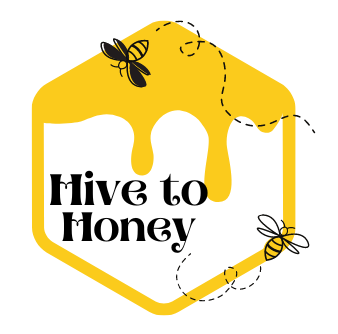Characteristics and Behavior of Different Bee Species
Characteristics and Behavior of Different Bee Species: A Closer Look at Nature's Pollinators
Bees are fascinating creatures with diverse characteristics and behaviors that contribute to their success as pollinators. Understanding the unique traits of different bee species allows us to appreciate their adaptations and the roles they play in ecosystems. In this article, we will delve into the characteristics and behavior of various bee species, shedding light on their intriguing attributes and how they interact with their environments.
Characteristics and Behavior of Different Bee Species:
Honeybees are highly social insects that live in large colonies. They have a caste system comprising a queen, worker bees, and drones. Honeybees are known for their exceptional communication abilities, relying on complex dances to convey information about food sources. They build intricate wax combs to store honey and pollen. Honeybees exhibit remarkable navigational skills and can travel long distances to forage on diverse floral resources.
Bumblebees are robust bees with fuzzy bodies, and they are known for their distinct buzzing sound. Unlike honeybees, bumblebees live in smaller colonies. They have a unique thermoregulation system that allows them to maintain their body temperature, making them effective pollinators in cooler climates. Bumblebees exhibit a behavior called “buzz pollination,” where they vibrate their flight muscles to release pollen from flowers with tightly packed anthers.
Mason bees are solitary bees that nest in pre existing cavities such as hollow stems or woodpecker holes. They use mud or plant material to create partitions between their brood cells. Mason bees are known for their efficiency as pollinators because they visit numerous flowers in a short period. They are gentle bees that rarely sting and are valued for their role in pollinating orchard crops.
Leafcutter bees are solitary bees named for their behavior of cutting circular pieces of leaves to construct their nests. They create neat, round holes in leaves and use the leaf fragments to line their nest chambers. Leafcutter bees are excellent pollinators, and their specialized nesting behavior makes them efficient in crop pollination. They are non-aggressive bees and rarely sting.
Carpenter bees are large solitary bees known for their ability to excavate tunnels in wood for nesting. They are often mistaken for bumblebees due to their similar size and appearance. Carpenter bees play an important role in pollination, particularly for flowers with deep corollas. While the females have stingers, they are generally docile and only sting when directly handled or provoked.
Mining bees are solitary bees that nest in the ground, typically forming large aggregations in suitable habitats. They create tunnels or burrows in soil and construct individual cells where they lay their eggs. Mining bees are effective early-season pollinators, as they emerge in spring when few other pollinators are active. They are generally gentle and rarely sting unless threatened.
Sweat bees are a diverse group of bees that can be found in various habitats worldwide. They are typically small to medium-sized bees, often with metallic-colored bodies. Sweat bees are attracted to human perspiration, hence their name, but they also play a crucial role in pollination. They are generally gentle bees that contribute to the pollination of wildflowers and crops.
Each bee species possesses distinct characteristics and behaviors that contribute to their effectiveness as pollinators. From the highly organized social structure of honey bees to the solitary nesting habits of mason bees and leafcutter bees, each species has adapted to specific ecological niches. Understanding the intricacies of bee behavior allows us to appreciate their vital role in pollination and emphasizes the need for their conservation. By protecting bee habitats and supporting their populations, we ensure the continued success of these remarkable creatures and the health of our ecosystems.
More From The Hive:

Unveiling Turkey’s Sweet Symphony: Exploring Honey Types and Varieties
Turkey, a land where ancient traditions meet breathtaking landscapes, has a rich history of honey production and a remarkable diversity of honey types. With its diverse climate zones, vast floral resources, and a strong culture of beekeeping, Turkey offers an ideal environment for bees to gather nectar and create a

Discovering Ethiopia’s Golden Treasures: A Journey Through Honey Types and Varieties
Ethiopia, a land known for its rich history, vibrant culture, and breathtaking landscapes, is also celebrated for its diverse and high-quality honey production. With its lush forests, fertile valleys, and vast floral resources, Ethiopia offers an ideal environment for bees to thrive and create a wide range of honey types.
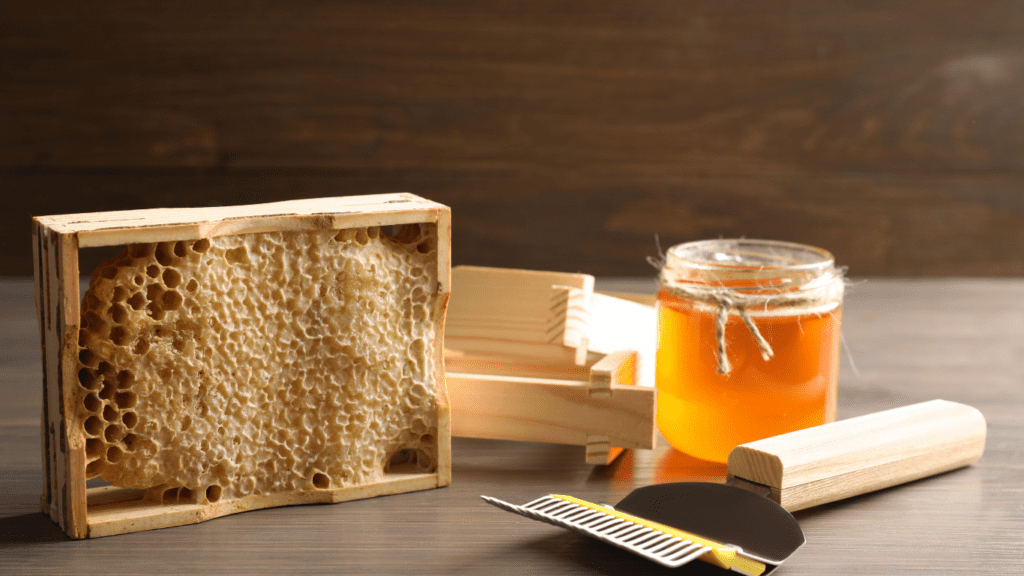
Getting Started with Beekeeping: Essential Equipment and Supplies
Starting your journey as a beekeeper is an exciting endeavor that allows you to connect with nature, support pollinators, and reap the rewards of honey production. To set yourself up for success, it’s crucial to have the right equipment and supplies. In this blog, we will guide you through the
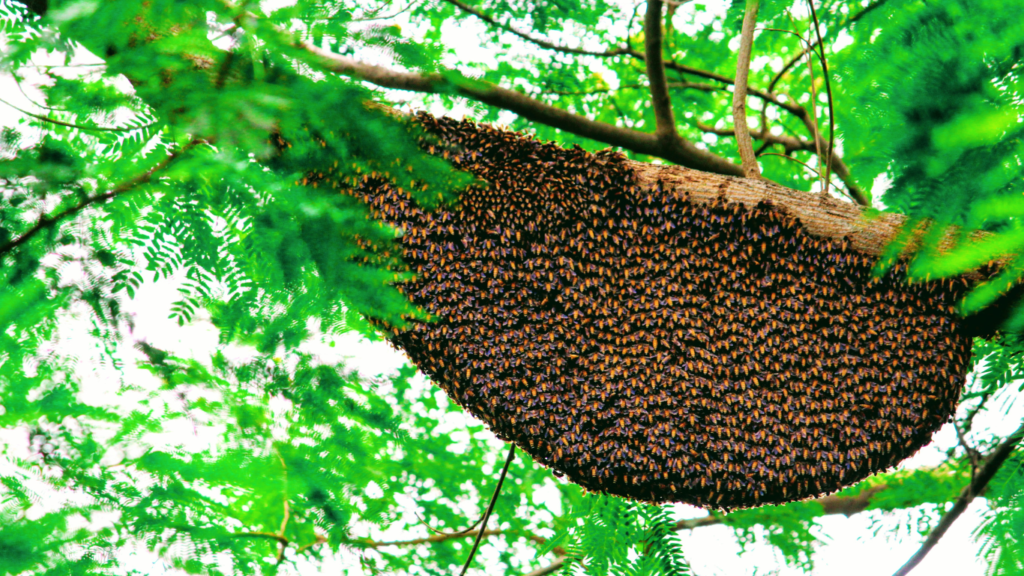
Choosing the Right Hive: Exploring Different Beehive Types
Selecting the right beehive is a crucial decision for beekeepers. The beehive serves as the home for your honeybee colony and plays a vital role in its success and productivity. With various hive types available, it’s important to understand their unique characteristics and suitability for your beekeeping goals. In this
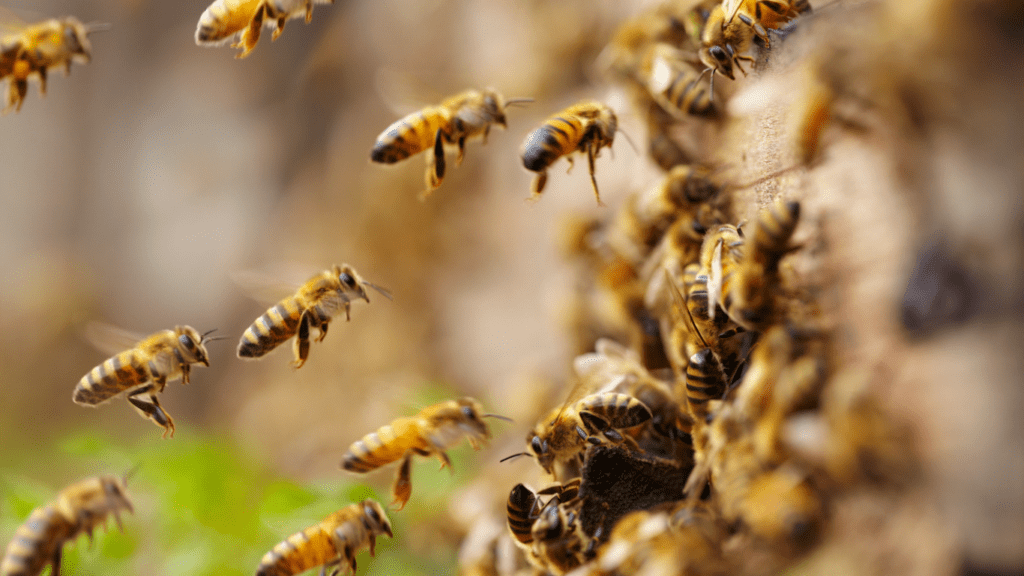
The ABCs of Bees: A Beginner’s Guide to Understanding Bee Basics
Bees are incredible creatures that have been buzzing around for millions of years, playing a vital role in our ecosystem. From pollinating flowers to producing delicious honey, bees are an integral part of our natural world. If you’re new to the world of bees and want to unravel the secrets
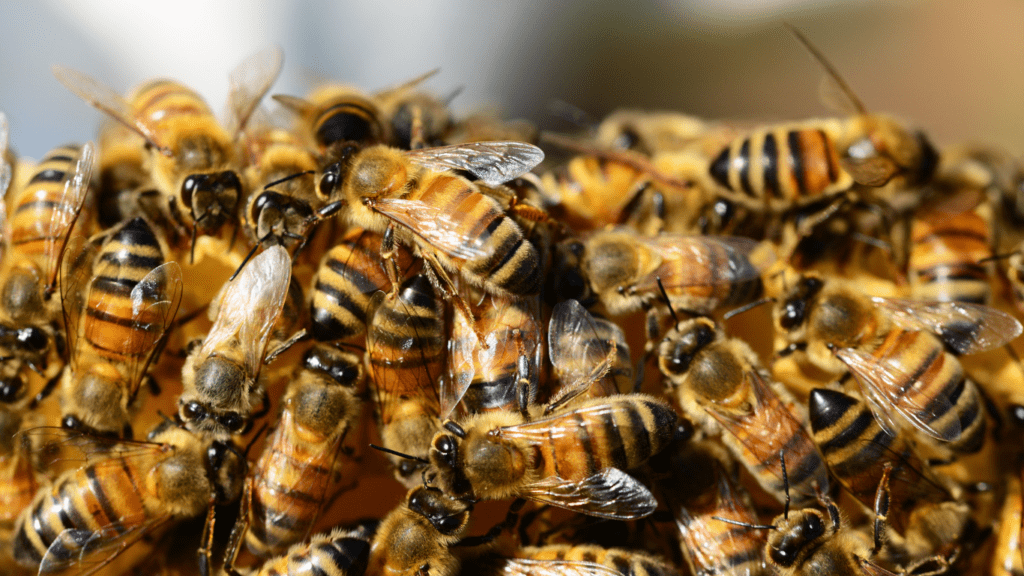
The Secret Life of Bees: Unraveling the Intricacies of Bee Behavior
Bees, with their intricate social structure and fascinating behaviors, lead a secret life that is both awe-inspiring and complex. As we delve into the hidden world of bees, we uncover a realm of communication, cooperation, and efficiency that is vital to their survival and our ecosystem. In this blog, we
